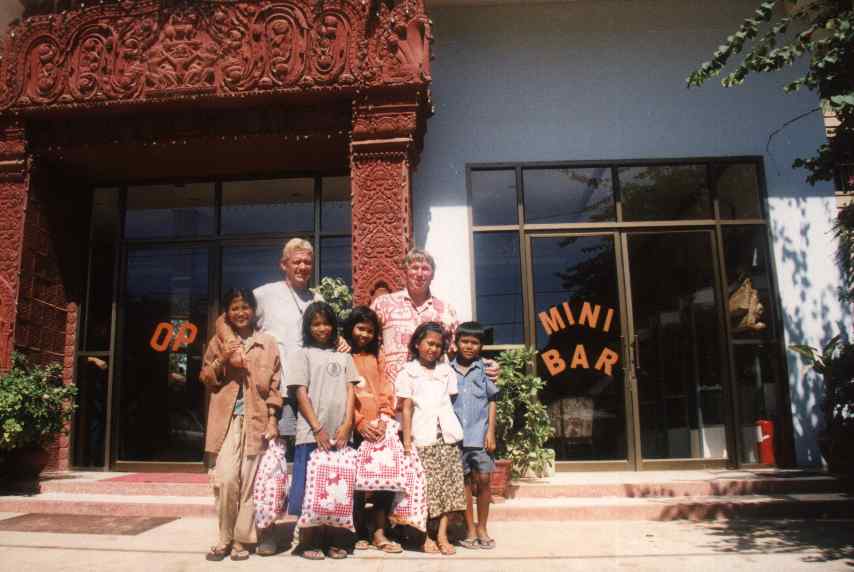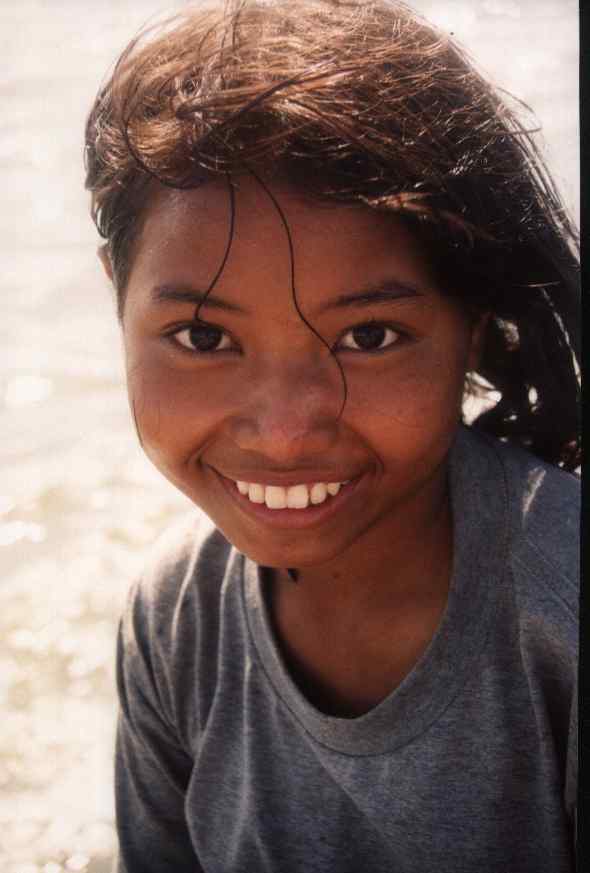


Children not in school....ever!
|
Children not in school....ever!
|
|
Report from the rural areas
Cambodia schools fit into a category whereby the vast majority of schools are classified as public institutions operated by the government, but in almost all schools the largest proportion of the finance comes from households, communities and other non-governmental sources. A striking feature is the high costs met by these households and the relatively low percentage met by the Cambodian governments. Provincial and local governments make very small contributions. In contrast, the government employs almost all teachers. In a1997/98 UNICEF/Sida study (0.06%) of the 43,252 primary school teachers were employed by the local communities. Although the government employed all teachers, the expenditures were not great because the salaries were very low. The average monthly teacher’ salaries are about US$20.00. In a few schools the government has provided some buildings and other facilities. Most children enjoy books on a shared basis with others. In most subjects teachers still have to manage with whatever they can find in schools, homes and the market places. Households must purchase stationery, and related items; and many schools ask parents and community members to provide labor and materials for construction and maintenance. Children of every shape and size you will encounter in Cambodia are not in school. Nineteen percent of the boys and sixteen percent of the girls in Cambodia have access to lower education. As the Khmer Rouge herded the families from the capitol Phnom Penh, the education system became devastated and it continues to suffer today. Also there was severed education for the masses throughout the country. Today as you travel the countryside you find thousands and thousands of children at play as well as taking care of younger siblings. They have nothing else to do. They play Khmer games taught to them by other children and their parents. In the farming villages the children may go to the fields and help their parents with the daily toiling of tilling the land. Struggling with poverty many children migrate to the cities to find jobs that will pay them more money. Street children in Phnom Penh increased from 1500 in 2001 to 1800 in 2002.The problem is not going to go away by itself. On the surrounding waterways, where families live and concentrate on fishing, the number of children in school is almost unheard of. Every day is the same for this generation. In the schools where you do find children they are limited to half-day sessions with no music, basic reading and writing and severely limited school supplies. Children in the rural areas are at great disadvantage, as their programs from an early age are sporadic at best. Generations are developing into a society that has no information about the world, Cambodia or themselves. Any teaching that is done about their culture is soon lost as the absence of any consistency in their learning vanishes year by year. New funding, from sources that can control the expenditures, will insure care is taken to protect funds and that resources are directed to the proper local authorities. Cambodia will provide that instrument. Monthly reports will be sent to donors as well as a monthly financial report through the Mitsubishi Bank of New York. Local transactions will be transparent and continual. Thank you for your help. Please direct questions to dennis@cambodia-aid.org
|